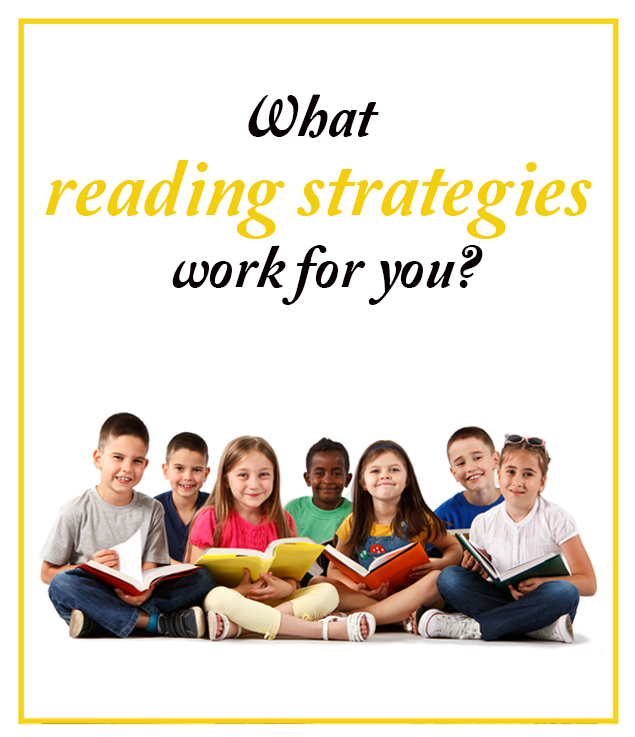What is Fluency Oriented Reading Instruction?
Posted by Network Support · Leave a Comment
What is Fluency Oriented Reading Instruction (FORI)?
Fluency Oriented Reading Instruction is a teaching instruction that aims to improve reading among students. It is often used as a prevention strategy or a whole classroom strategy to reading. FORI focuses on oral reading competency by using many different oral-reading practices. The three main aspects of this instruction are explained further below:
- Reading Materials:
Students are given the opportunity to choose their own reading materials. This option helps students find books that inspire them to read and promotes student engagement. Teachers are also encouraged to assign reading according to the individual reading abilities of a student.
- Reading Strategies:
Being a scaffolding technique, Fluency Oriented Reading Instruction uses various oral reading strategies to support students in reading. Some of these strategies include:
- Echo Reading: The teacher reads a few sentences or a paragraph of the material and the student echoes the reading.
- Choral Reading: Both the teacher and the student read aloud the material together.
- Paired Reading: Students are given partners where each student takes a turn reading aloud the material. While one person is reading the other partner records observations of fluency, words missed or words read incorrectly. After both students they are given the chance to see the evaluation of their reading.
- Reading Environment:
This aspect of the strategy can be employed both inside the classroom and at home. Students should have access to a space that is conducive to reading. Parents are also instructed to encourage their children to have reading time of about 15-20 minutes on days they are not in school. They should also be given the choice of reading to themselves or reading to others just like in school.
Implementing the Fluency Oriented Reading Instruction
Teachers should frame specific reading objectives for each student keeping their basal reading level in mind. When creating a classroom Fluency Oriented Reading plan the following points should be considered:
- Allocate time for reading sessions
- Choose appropriate books that cater to various reading levels
- Decide on reading strategies
- Inform parents of the program and their role at home
- Create a fluency checklist for students
- Schedule choice reading sessions
Using these techniques in the classroom will encourage reading and keep literacy at the center of the classroom. It is important for teachers to explore new strategies to improve reading and specifically oral reading.





